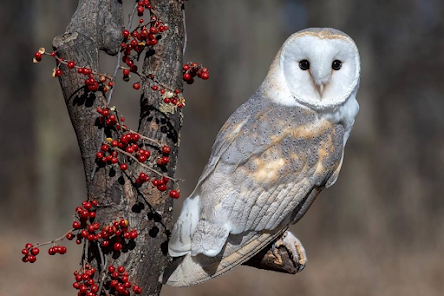The constant danger to and from wildlife
Wildlife have always been a major issue for aviation. When we started flying aircraft, a birdstrike on the aircrafts body when your aircraft was made of wood and doped fiber, could lead to severe damage such as the loss of a wing. Now days hitting a bird is generally reduced to dents and superficial damage across the aircrafts body. The same isn't always said of engine ingestion, though engines have taken significant strides forward in being able to ingest and pass birds. Even during ideal ingestion conditions the engine may remain operable for the flight duration but there is still component damage. Hitting flocks of birds can still completely destroy engines, US Airways Flight 1549 is an excellent example of this as both engines were obliterated and failed leading to a water landing (US Airways). The only reason this flight didn't turn into a tragedy was because of the remarkable piloting skills of Captain Sullenberger landing the aircraft with light enough damage that the plane remained afloat with no casualties (US Airways).
Several years ago, at NAS Whidbey Island I was doing engine turns on one of our aircraft. A deer ran full sprint into the props of the P-3 before aircrew was able to emergency stop the engines. The front half of the deer was complete mist. The damage to the propellor was enough that it had to be replaced, I am not sure if there was any damage to the engine's internals being an avionics guy, but the work alone to replace props is quite time consuming and expensive. I recall two other separate instances where on landing our birds hit a deer, and the other a dog on the runway.
What I am trying to get across, is that wildlife strikes are an issue for both airports and the wildlife. The damage to populations is quite extensive and have only been going up according to the FAA. They state that reported strikes have gone from 1,800 in 1990 to 16,000 in 2008 (FAA). Following studies of human impact on wildlife populations as I've grown up, such as those of Barn Owls, I am acutely aware that human settlement and expansion into their habitats among other things has decimated their populations but also forced them to move to survive. I would recommend looking at Jermey's page on our impact on owls, it is old but still relevant, linked below. Being open fields, airports often house animals like rabbits and other small raptors. This leads predatory birds like eagles to follow their food sources to these areas. The number of times my squadron had to report Bald Eagle strikes alone was somewhat disheartening.
Airport Managers as a result have to establish methods of preventing or mitigating wildlife strikes on aircraft. For them it is important to minimize environmental impacts but also it prevents loss of life due to the strikes. I have seen vehicles drive around the runway and taxi ways in the morning shooting blanks into the air in an attempt to drive flocks of birds and other animals from the flightline before airfield operations begin. We also report to the tower when we see animals so they can send crews out to move them away. There are also traps that are used to catch things like armadillos, after which they are then taken a modest distance from the airfield and released. Practices like these are important to prevent accidents, fines, and help protect the animals we are supposed to cohabitate with.
US Airways Flight 1549 (2022, January 8) Amy Tikkanen
US Airways flight 1549 | Description, Pilot, & Facts | Britannica
FAA Wildlife Stike Database (2022, January 31) FAA
Human Impacts on Owls Within the United States (2007, November 7) Jeremy Bejamin
Human Impacts on Owls Within the United States - The Owl Pages



Comments
Post a Comment